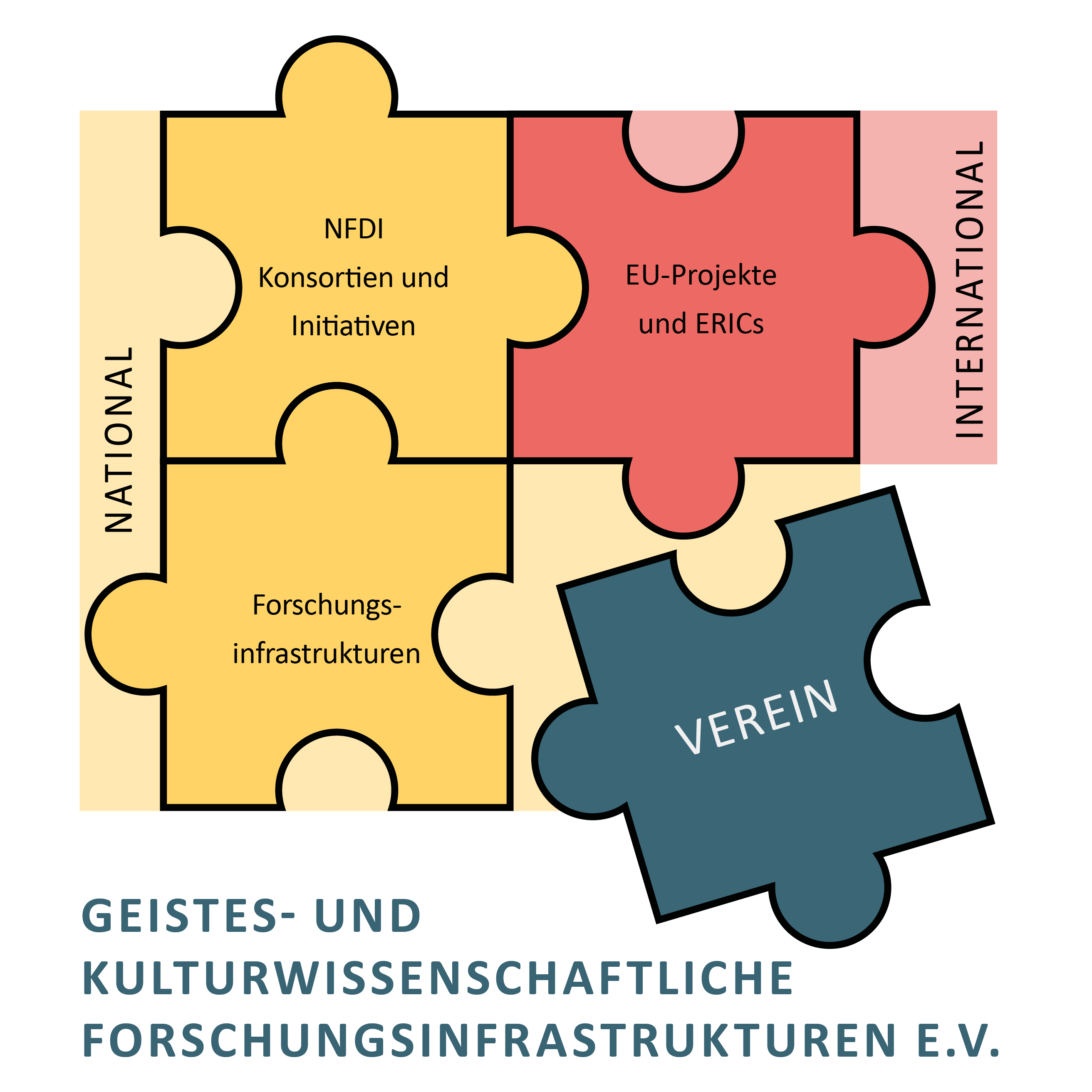TextGrid – Virtual Research Environment for the Humanities
The joint project TextGrid aims to support access to and exchange of data in the arts and humanities by means of modern information technology. These pages offer up-to-date documentation for TextGrid users, developers, and administrators; more information and introductory material can be found on the TextGrid homepage.
User Documentation
User Manual 2.0
Nutzerhandbuch 2.0
TextGrid Tutorials
- TextGrid Tutorials: Web-, Print- & Video-Version
Technical Documentation
Architecture
- Introduction
- TextGrid Basics
- Metadata
- Used technologies
- Used formats
- Used frameworks, bibs, server, apps, etc.
- Concept Index
Frontend: TextGrid Laboratory
- TextGridLab is based on the Eclipse Rich Client Platform, currently on the 4.x stream (Eclipse 4.4 / Juno), based on the traditional RCP model (not e4).
- Understanding Updates
Getting Started
- Setup your TextGridLab Development Environment
- Accessing the Repository / TextGridLab Data Model and Core Plug-Ins
Creating a tool for the TextGridLab
- Getting started: Setup your TextGridLab Development Environment
- Typical Structure of a TextGridLab tool
- Accessing TextGrid Data Structures from your Lab plugin
- Contributing to the UI
- Integrating Browser Based Tools
Backend: TextGrid Repository Services
The main site of the technical documentation you can find here: https://textgridlab.org/doc/
Core Services
Import and Dissemination
Extended APIs
Service Clients
Resolving
TextGrid Repository
Organisational Infrastructure
...documents mission, organisational infrastructure, and long-term preservation issues as well as the integration of the designated community of the TextGrid Repository.
Data Policies
...deals with collection development and preservation policies, data quality and re-use, and ethical and disciplinary norms.
Digital Object Management
...gives an overview about the main technologies and procedures used for an appropriate data management. Import and publish workflows are described and related to the repository architecture of TextGrid.
Resources
TextGrid
- Repository: TextGridRep
- Homepage: TextGrid
- Download Client Software: TextGridLab
Development
- Sources: TextGridLab GitLab, TextGridRep GitLab
- Bug reports and feature requests: TextGridLab Issues
- Continuous Integration: TextGridLab
Contact
- User Support and Feedback: textgrid-support@gwdg.de
- Cooperation and Collaboration requests: anfragen@textgrid.de
